It's time to talk about the deep state
A man of immense power reveals the true nature of "the deep state"
The deep state is an emotionally charged topic perfectly suited for discussion on this Substack, intent as we are on nuking narrative and butchering bias until we’ve apprehended the closest approximation of “truth” that we’re liable to lay our hands on.
Here’s what I think the left gets wrong about the deep state: they think it’s only Trump’s deranged delusion, a fantasma, a MAGA rallying cry that has as much grounding in reality as a billionaire’s daughter.
Here’s what I think the right gets wrong about the deep state: they think it only operates in the shadows and is constituted of a sallow-skinned coterie of Epstein’s former golfing buddies and Soros’ least moral acolytes.
Well, look.
Let’s define our terms.
I define the deep state as an individual(s) who makes important decisions within a governing body, but who is largely unrecognized as having that power. The mercurial qualities of the deep state manifest because the people who we perceive to have decision-making power may not actually have much power at all. For example, a president may be at the whim of a few powerful senators, and if he wants to get anything done he’ll need to cater to their demands.
On the other hand, the deep state needn’t be a posse of Bond villains who keep their private jets in an undisclosed hanger and in the back corner is a little phone booth with a secure line to an ex-Navy SEAL who dutifully assassinates members of the public whenever they threaten to expose a deep stater’s identity.
A person(s) with power may be a public figure whose name most would recognize, and their shadowiness comes not from the invisibility of their persona but the invisibility of their power. And that cloaked power is how we’ll arrive at the topic of today’s article.
There’s a guy, an excellent author by all accounts, who wrote a 1,300 page Pulitzer Prize winning book about a man who was the deep state personified. A preposterously powerful public servant who steamrolled political opponents like a drunk cruising through a pedestrian crosswalk, yet was perceived by the public (at least in his earlier years) as a man of noble intentions and a delicate touch.
In the three months it took me to read this enlightening rat-smasher I learned how power actually manifests in a democracy, why an esteemed title like “mayor” can be worth a can of expired yams in the influence department, tactics one can use to move the immovable bureaucracy, how to increase the chances that your project gets funded, the mindset you need to change the world, and so much more. I think back to this book often and I’m incredibly excited to share its lessons with you. I’m talking, of course, about…
The Power Broker, by Robert Caro. The definitive biography of one of New York City’s most powerful sons: Robert Moses. City planner, master bureaucrat, visionary builder, hoarder of power, collector of influence and a lifelong advocate of automobiles as the best form of transport. Robert Moses dominated New York City for the three decades he was in power, and forever changed the landscape of one of the world’s most revered metropolises.
Who was Robert Moses?
When people talk about Steve Jobs they typically do so with a reverence. There is a general understanding that Jobs wasn’t like you or I. A relentless visionary, artistic genius, quick to anger, lived in a house with no furniture because he couldn’t find a couch he liked, as likely to bathe in raw sewage as to compromise. If we were living in a sci-fi movie Steve Jobs would be the guy who came from a vat, the man who is programmed with just a little bit more than everyone else.
Robert Moses was the same way. Whatever you want to attribute it to, Robert was more than the average person. Arguably a genius, he had a force of personality and a will to power that was so singular and focused that he consistently bent reality to match his expectations. Yet in the Steve Jobs fashion of being everything in some areas and nothing in others, Moses could barely dress himself and didn’t know how to drive a car despite devoting his entire career to making New York City automobile friendly.
Throughout his career in government Robert held many titles which I don’t believe are worth mentioning. We can simply summarize his role as that of a city planner. Robert was influential in New York from ~1930 to ~1960 and in terms of dollars spent and pounds of concrete poured, he may be one of the most prolific builders in the history of the United States. Here is a partial list of projects that Robert was responsible for.
The Verrazzano bridge
The Triborough bridge
The Lincoln center
The Cross Bronx expressway
The development of Fire island
The development of Jones beach
The Niagara falls power plant
The BELT parkway
The BQE
Fort Niagara state park
And much, much more…
From our vantage point in the future, these projects may appear inevitable. Of course someone built the Verrazzano bridge, why wouldn’t they?
Yes, Jones beach is amazing but it was bound to happen one way or another.
No, none of this was bound to happen. These projects were conceived and executed because Robert Moses kept a team of talented architects, city planners and structural engineers at his disposal. Perhaps more importantly, he had the influence to get these mega-projects funded.
The Verrazzano bridge cost $3 billion to build (in 2023 inflation adjusted dollars) and anytime that much money is up for grabs “the best” solution will almost inevitably be whatever a powerful person(s) says it is. The deep state is fond of making decisions that enhance the wealth and prestige of its members. Perhaps the decision also benefits the citizenry, a happy coincidence, but sometimes the people vehemently oppose the plan of action but are unable to prevent it.
That was the case with the Cross Bronx expressway, a highway that Moses happily ruined an entire community to build. Or the BQE in Brooklyn, when Moses rammed a highway through Sunset Park despite the justified protests of tens of thousands of residents whose neighborhood would ultimately be decimated. In a democracy you might imagine that the people have the power but as Robert Moses proved time and again, this is often not the case.
And with that we’ve taken our first step towards the heart of the matter.
Robert Moses was the deep state, why?
We could define power as: the number of decisions that you make and other people follow. Robert Moses was an unelected city official but for more than two decades he held the final word on how billions of dollars of taxpayer money was allocated. How did he manage this even when people as powerful as democratically elected state governor Nelson Rockefeller opposed him? Moses’ primary method of control was the hoarding and then allocation of wealth.
Controlling the coins
In what must go down as one of the most spectacular bureaucratic strategies ever enacted by a government official, Robert Moses built himself an empire out of dimes. The timeline went something like this.
Secure public funding to build the Triborough bridge
Build the Triborough bridge
Charge $0.10 to cross the Triborough bridge, this being 1936 when $0.10 was a week’s wage for a twelve-year-old breaking ore in the sweltering-hot plutonium mines of northern New Jersey
Collect all the toll money from the Triborough bridge and keep it for yourself to spend as you see fit
Win
Establishing an independent source of income was the smartest thing Robert Moses ever did, and Machiavelli would have beamed. With millions in toll fees coming in every year, Moses had an independent budget while most of his government contemporaries suckled on grants, allocations, political goodwill and other nebulous sources of funding.
Moses controlled so much money, and was so adept at manipulating people, that in time he brought many of New York’s largest unions, construction firms, engineering firms, landscaping firms, public transport organizations and other government offices under his control. So long as they did what Moses wanted he would give them lucrative contracts this year and next.
The genius of Moses is that he made himself inevitable, as constant as the concrete supporting the city. Over time, many powerful figures in New York realized that it made more sense to align themselves with Moses than with the new mayor. In all likelihood, five years hence Moses would still be handing out contracts while the recently elected mayor could already be gone.
There is a great scene from the Devil Wears Prada where Miranda Priestly presents her boss, the head of the company, with “the list.” Here’s Miranda in her own words…
Truth is, there's no one that can do what I do. Including her. Any of the other choices would have found that job impossible and the magazine would have suffered. Especially because of the list. The list of designers, photographers, editors, writers, models, all of whom were found by me, nurtured by me and have promised me they will follow me whenever and if ever I choose to leave Runway. So he reconsidered.
Robert Moses had his own list, made up of all the major firms and organizations I mentioned above. When Moses went to war with mayors, senators and governors, his list was his nuclear bomb. Dozens of big names representing tens of thousands of small names who would ally themselves with Robert over whatever democratically elected dupe thought that he could bully America’s most powerful city planner.
Whenever a politician threatened Moses or tried to reduce his authority, Moses would deploy the list and remind said politician of how ineffective he would be without the support of the people on that piece of paper.
The deep state personified; a city planner with more influence than a mayor.
When some hot-shot punk like Nelson Rockefeller gets himself elected the governor in 1959, he may enter office thinking that the people have granted him power. How cute and laughably naive. Whatever power may theoretically be attached to an office, it’s all but meaningless if there is a person like Robert Moses who controls ~80% of the people that a governor needs compliance from to get any work done. A leader is only one person and he cannot accomplish his goal if the people below him in the hierarchy are not on his side.
Science, knowledge, logic and brilliance might be useful tools but they didn’t build highways or civil service systems. Power built highways and civil service systems. Power was what dreams needed, not power in the hand of the dreamer himself necessarily but power put behind the dreamer’s dream by the man who it to put there, power that he termed “executive support”.
The deep state only operates in the shadows?
As I’ve alluded to, Robert Moses was a household name in mid-twentieth century New York. Whether you loved him or hated him, you’d probably heard of him. His notoriety defies the modern (right wing) conception of the deep state as an enigmatic squad of ghostly ghouls who decide the world’s fate from a conference room buried three hundred feet below the well-maintained streets of Vienna.
Far from shunning the spotlight, Moses was something of a publicity whore and exploited public support whenever he had it.
...his [Robert’s] success in public relations had been due primarily to his masterful utilization of a single public relations technique: identifying himself with a popular cause.
As word of his deeds spread, other city planners from across America made pilgrimages to sit at Moses’ anointed feet and get high on his wisdom. The deep state perpetuates, one disciple at a time.
How to get funded
Let’s say the state legislature approves $20 million for “public infrastructure” in New York City. How does that money get allocated? Well the legislature might petition local leaders for ideas.
Billy-Bob from the bowels of Bushwick drops off a one page proposal for “a park.”
Janet from Jamaica jots a letter proposing that the money gets used to give the kids of Queens a new swimming pool.
Robert Moses submits a fifty page proposal for a new public square and grandstand in lower Manhattan. He includes cost estimates, blueprints for the entire project, possible locations along with the asking price for the land, the names of the landscapers, architects, engineers and construction firms that will be used on the project.
Robert describes the entire building process from start to finish and even addresses how eventualities like public backlash or cost overruns will be handled. On a phone call Moses mentions that he’s on a first name basis with the guy who rents out orange construction cones, has the home phone number for the gentlemen who will fix your forklift if it breaks down, and is just back from lunch with the comptroller of New York.
Now if you’re the guy in charge of picking where the money goes, and you just want to hand it out, shake a few hands and get on with your $90,000 a year life, which proposal are you going to pick?
Robert Moses was a master of preparation and throughout his career in government he secured funding for dozens of projects because he kept plans ready in the event that the money appeared. Moses made it easy for people to give him money, and I think there’s a valuable lesson to be learned from his preparation.
Conclusions
As I hope I’ve been able to articulate in this article, Robert Moses is the penultimate example of the deep state. Robert was an overwhelmingly powerful, unelected government official who used his influence and control of the treasury to sway policy decisions. In his long career he outmaneuvered dozens of elected officials who ostensibly were his superiors, and rammed through many projects that were deeply unpopular with the citizens he was supposed to serve.
To the left: the deep state exists. Just because a politician is elected to office does not mean that they’re given the power that should go with the office.
To the right: the deep state needn’t operate in the shadows. There may be little to no correlation between a person’s public prominence and their power.
Better than any other book I’ve read, The Power Broker helped me to understand how decisions get made in a democracy and what factors can render an elected official impotent. We can take those lessons and apply them to our current situation, as we try to discern where power truly resides, and which persons are making the decisions that shape our country.
Having died some decades ago, not too many people are familiar with Robert Moses these days. However, back in the forties or fifties if you’d have asked the average New Yorker about him he would have been a hero of the working class, a villain, a schmoozer, a destroyer of neighborhoods, a preserver of parks, an elitist, a master builder, a horror, the smartest man in government, America’s greatest public servant or New York’s worst enemy.
Robert Moses was all of those things and more. His legacy is legendary and runs the spectrum from brilliant to abhorrent, as might be expected of a man who reshaped a city in his image. Ladies and gentlemen, Robert Moses in his own words…
You can draw any kind of picture you want on a clean slate and indulge your every whim in the wilderness in laying out a New Delhi, Canberra, or Brasilia, but when you operate in an overbuilt metropolis, you have to hack your way with a meat ax.

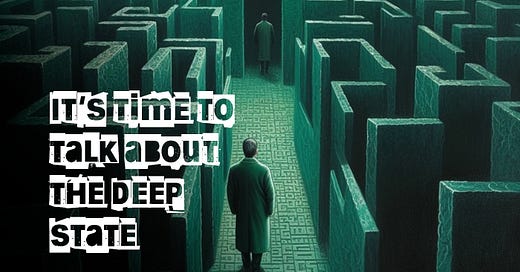





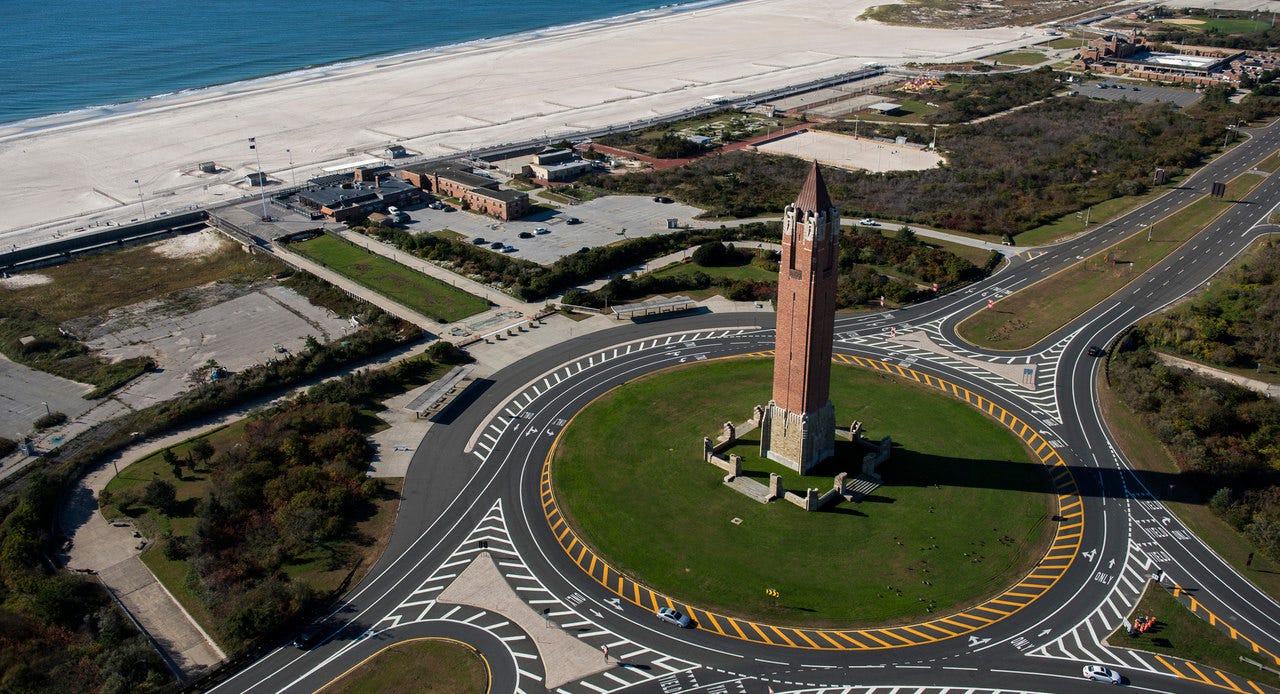
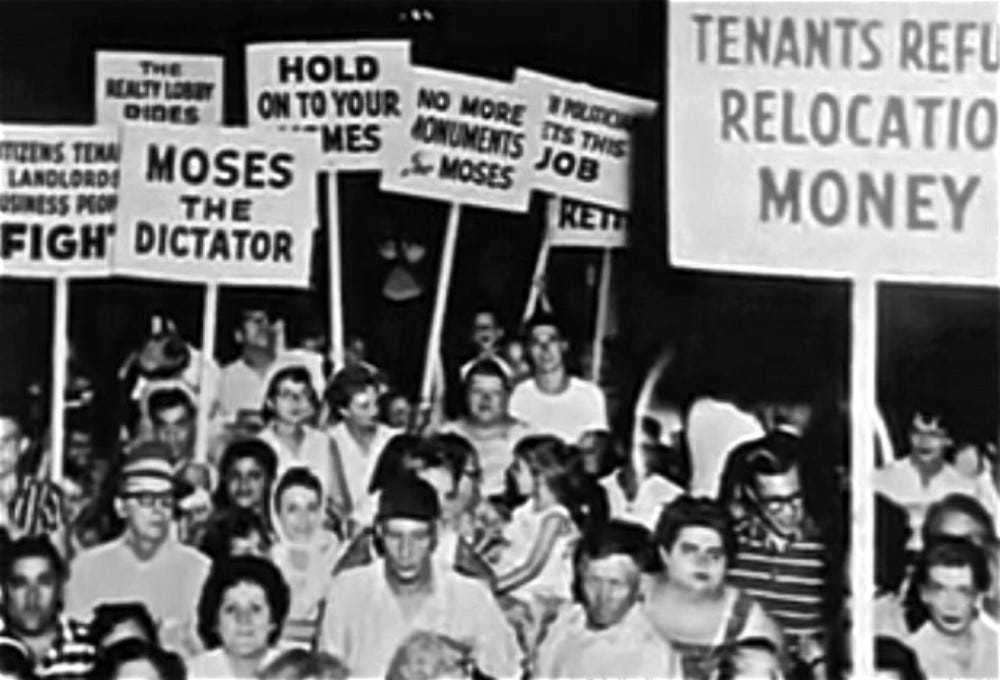

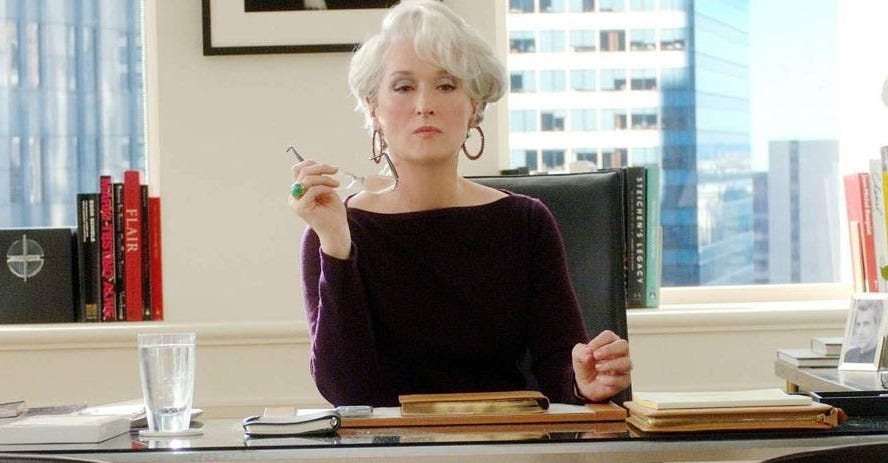
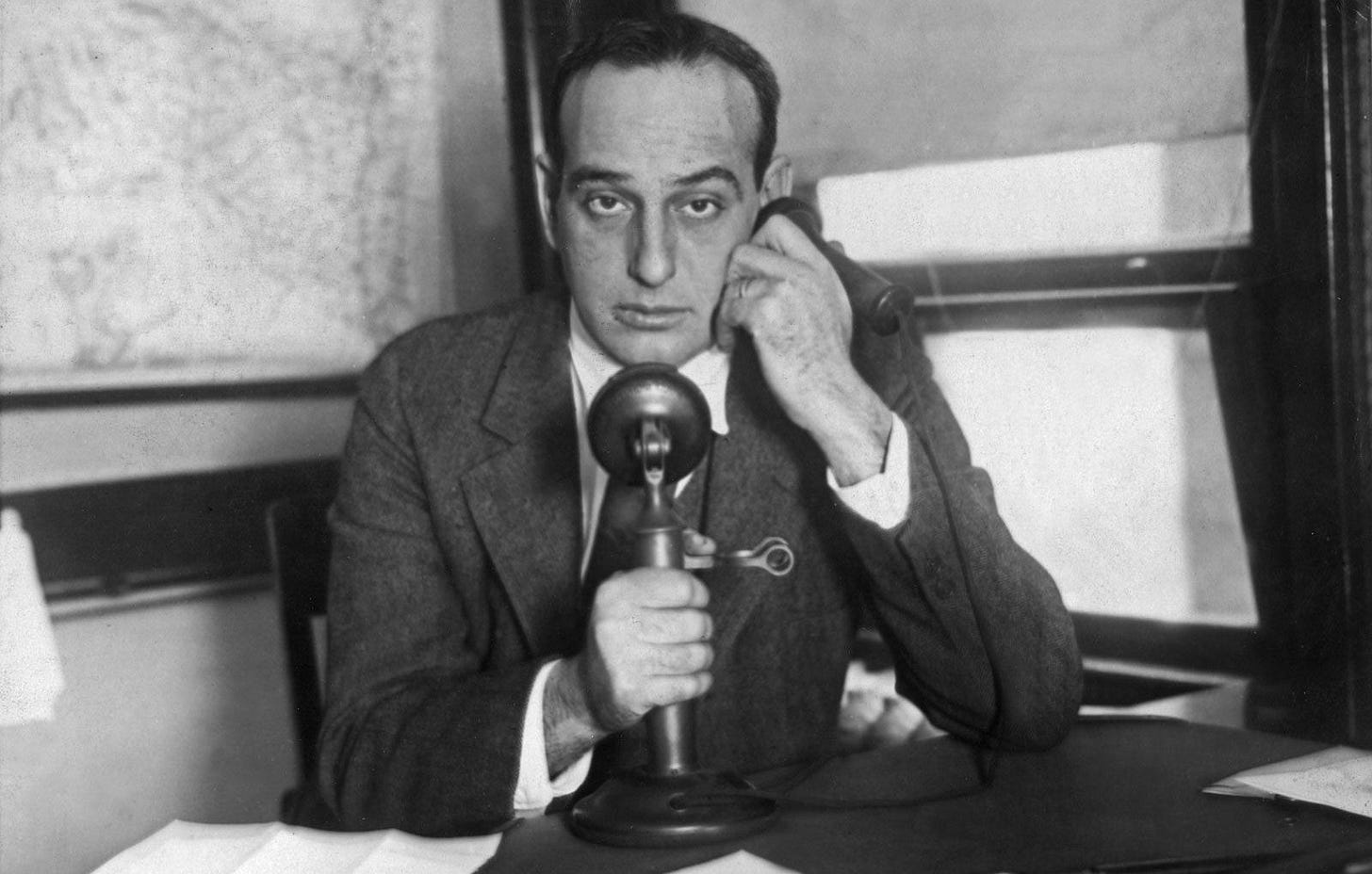

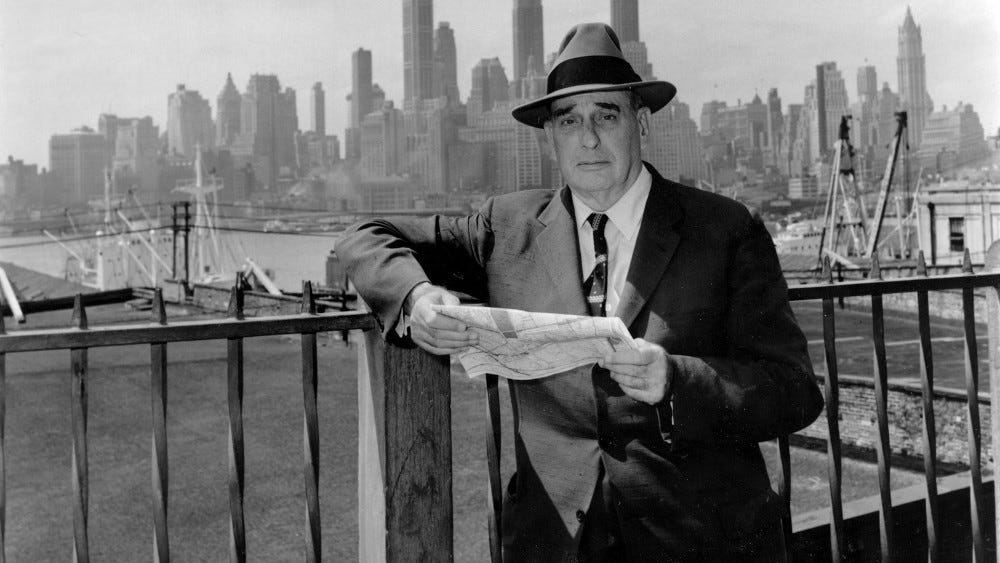
Again, I'm buying another book you've recommended, excellent article.
Superb - what a great invitation to read Power Broker and learn about a man of whom, up until this morning, I had not heard. Worth taking out the subscription just for this. Thank you. Interesting take on the definition of the Deep State which in its entangled and entrenched system of sinecures and revolving doors between corporate and ‘public service’ interests fosters a self-referencing swamp of corruption. Moses appears to have carved out a personal fiefdom within the Administrative Kingdom and I am interested to find out whether he accumulated a personal fortune or whether the power of “Gestaltung” was reward enough?